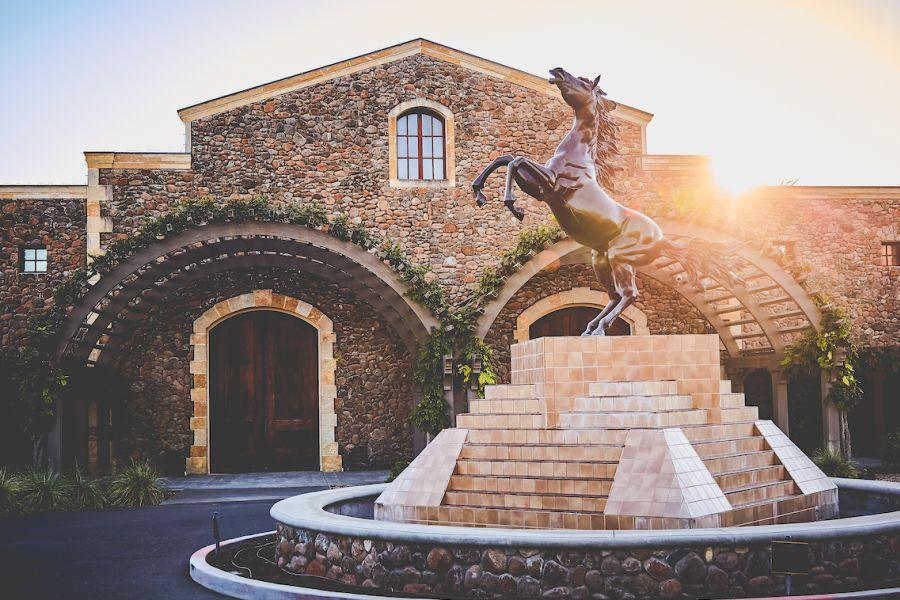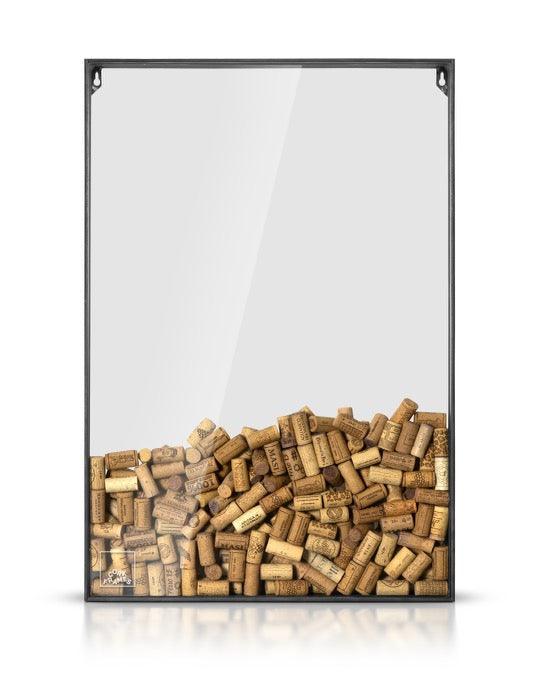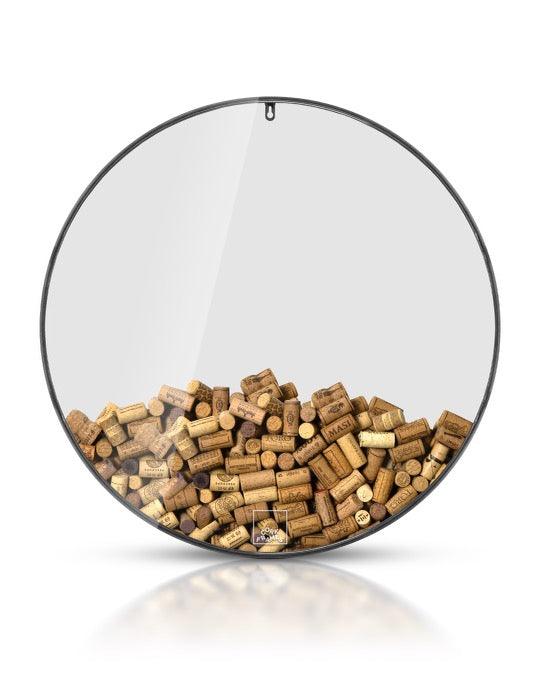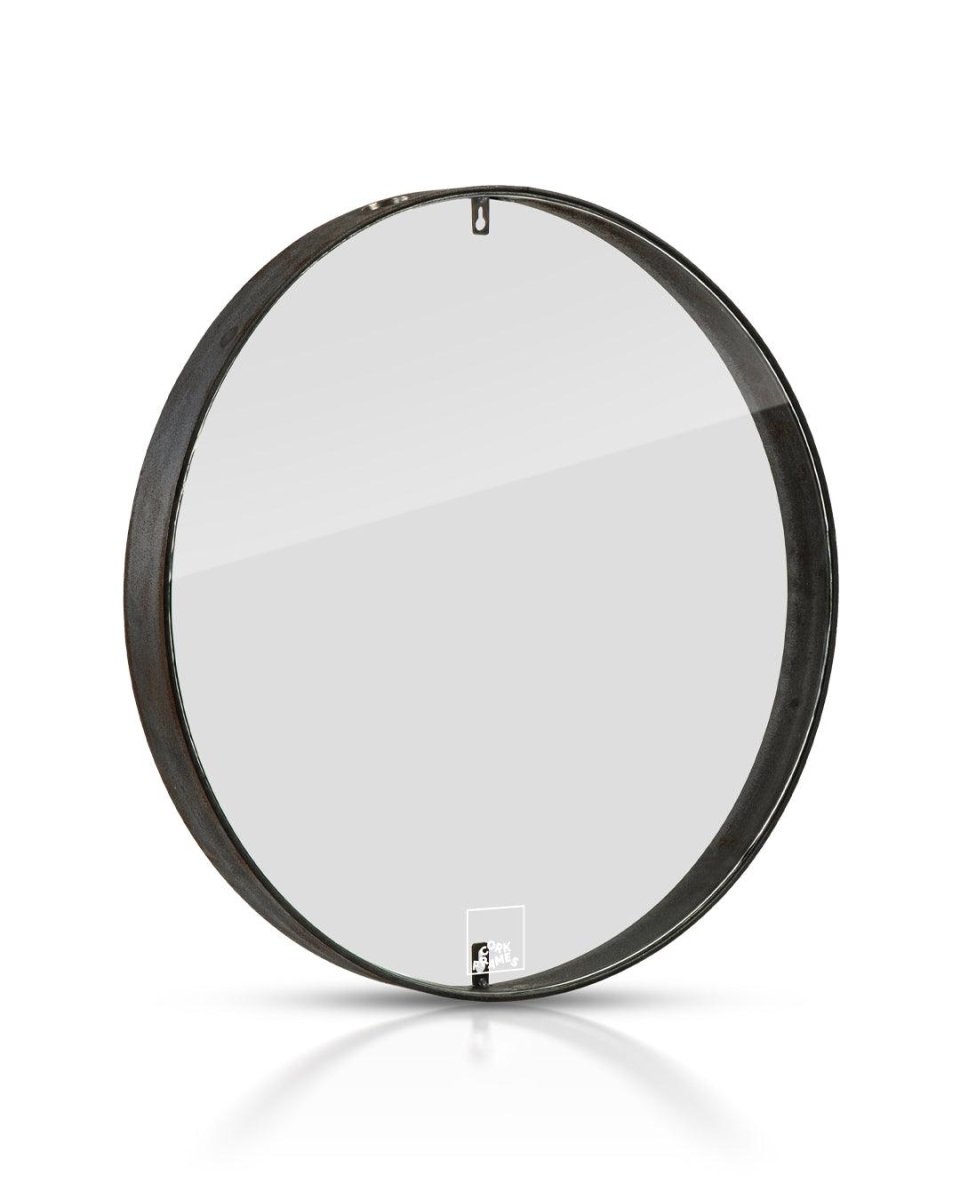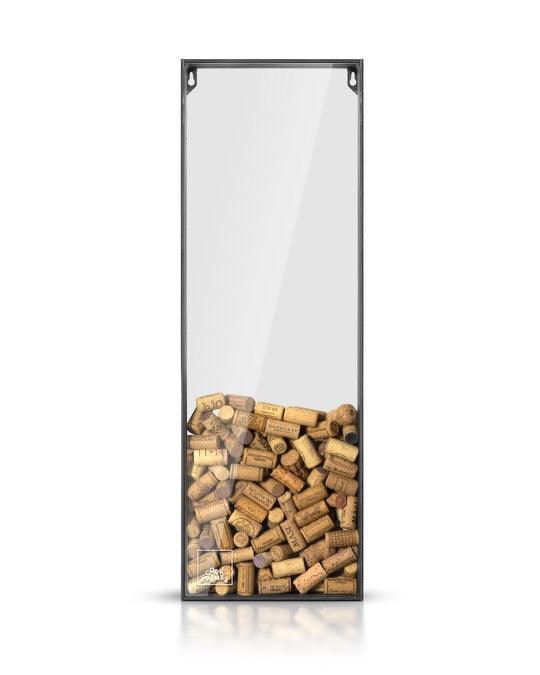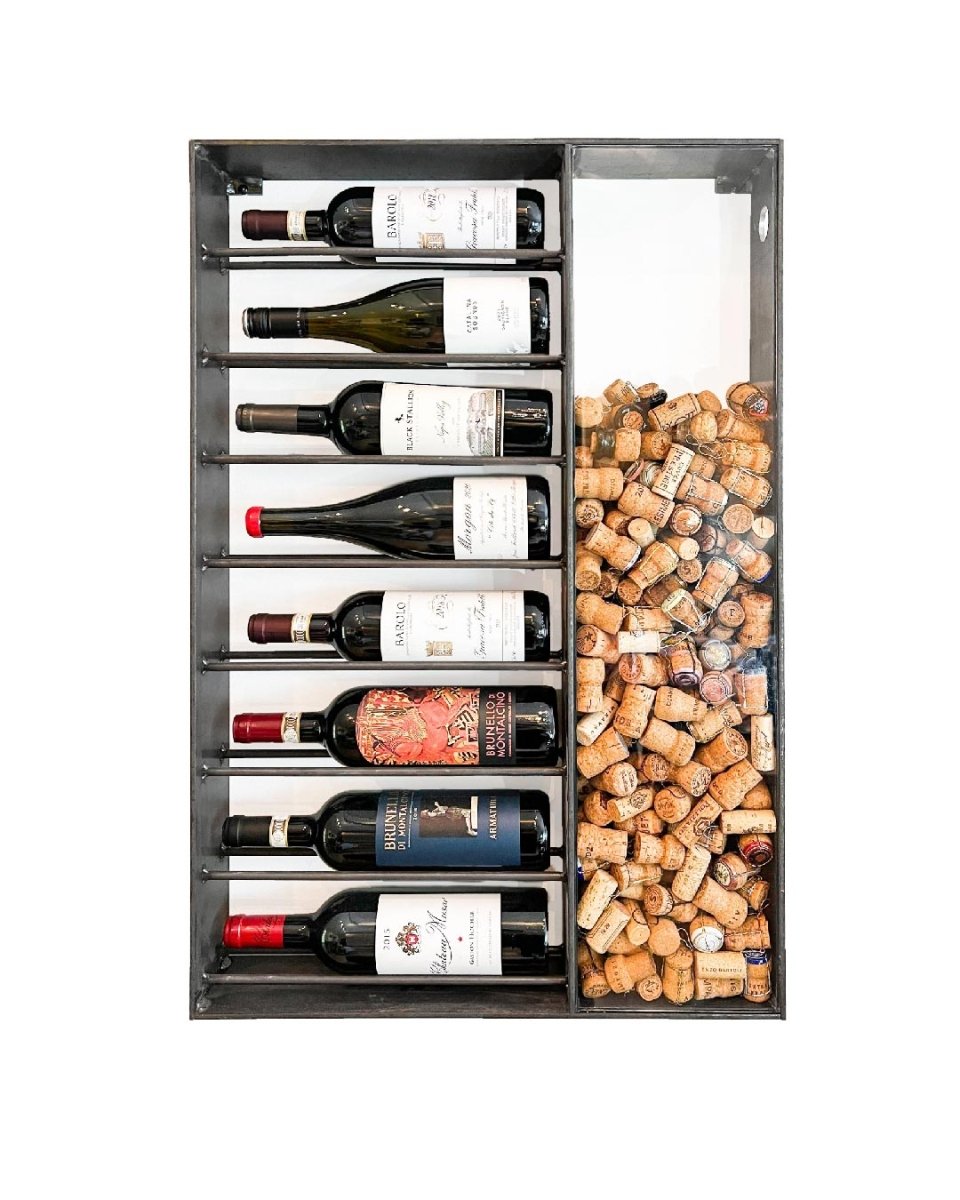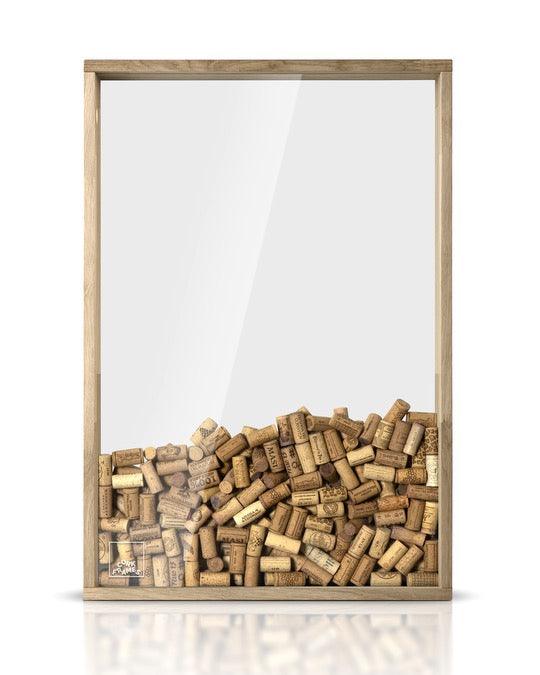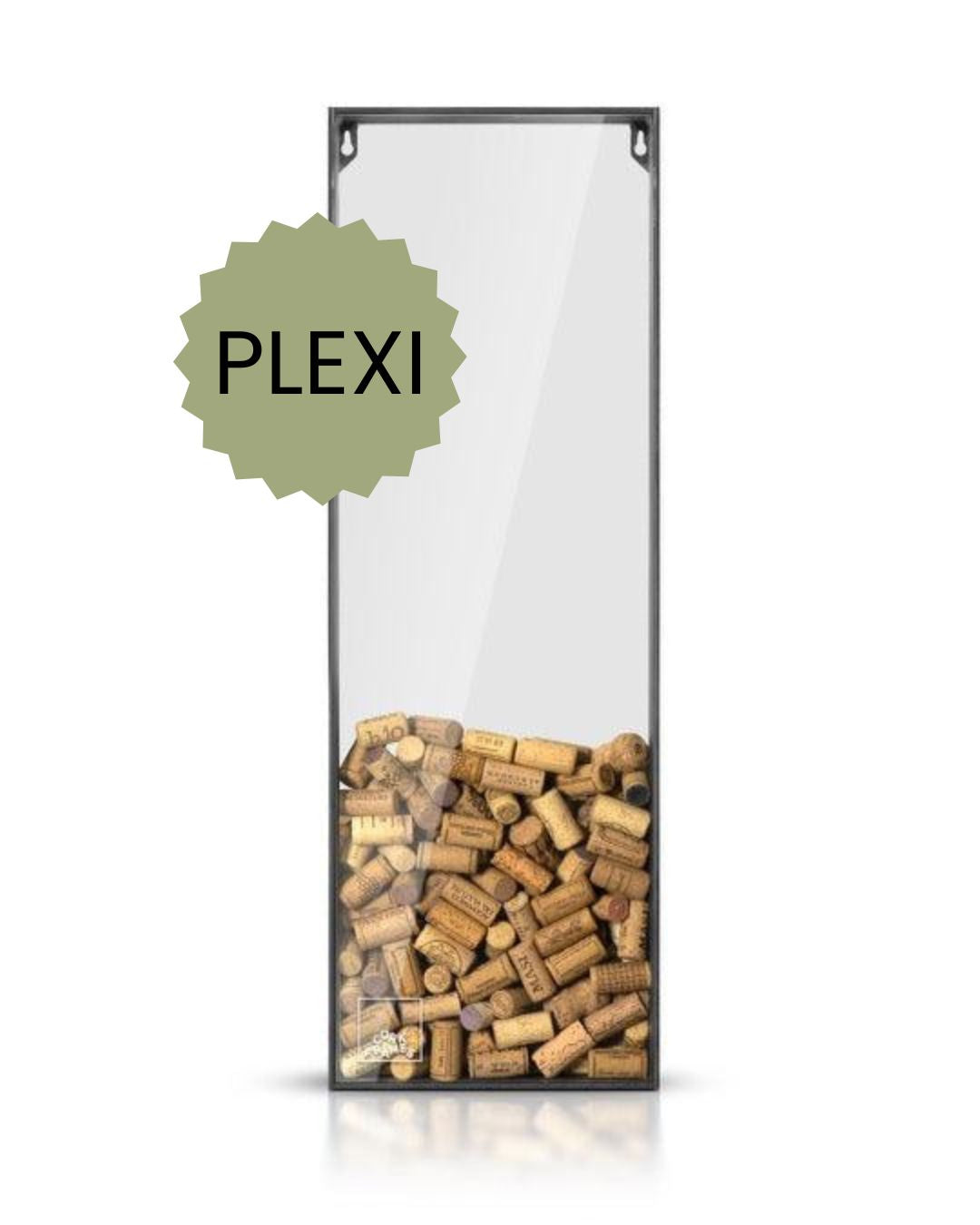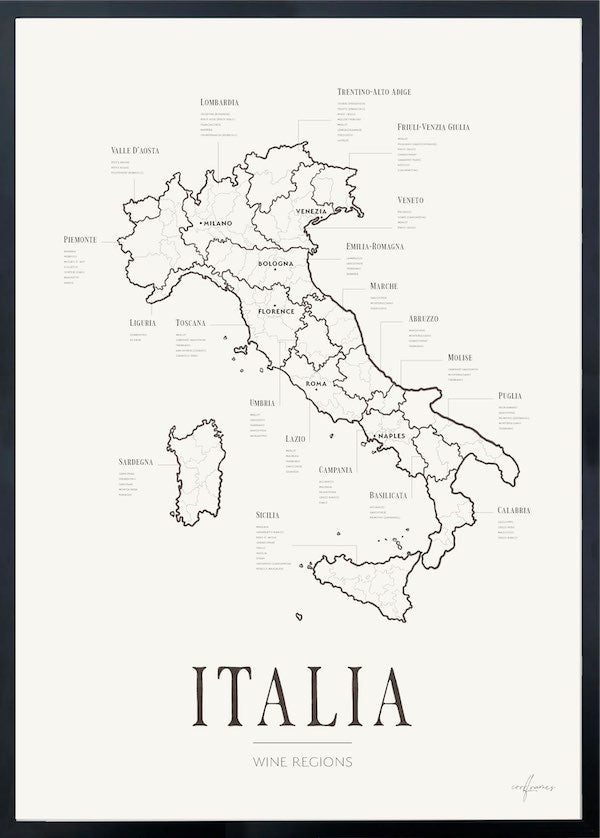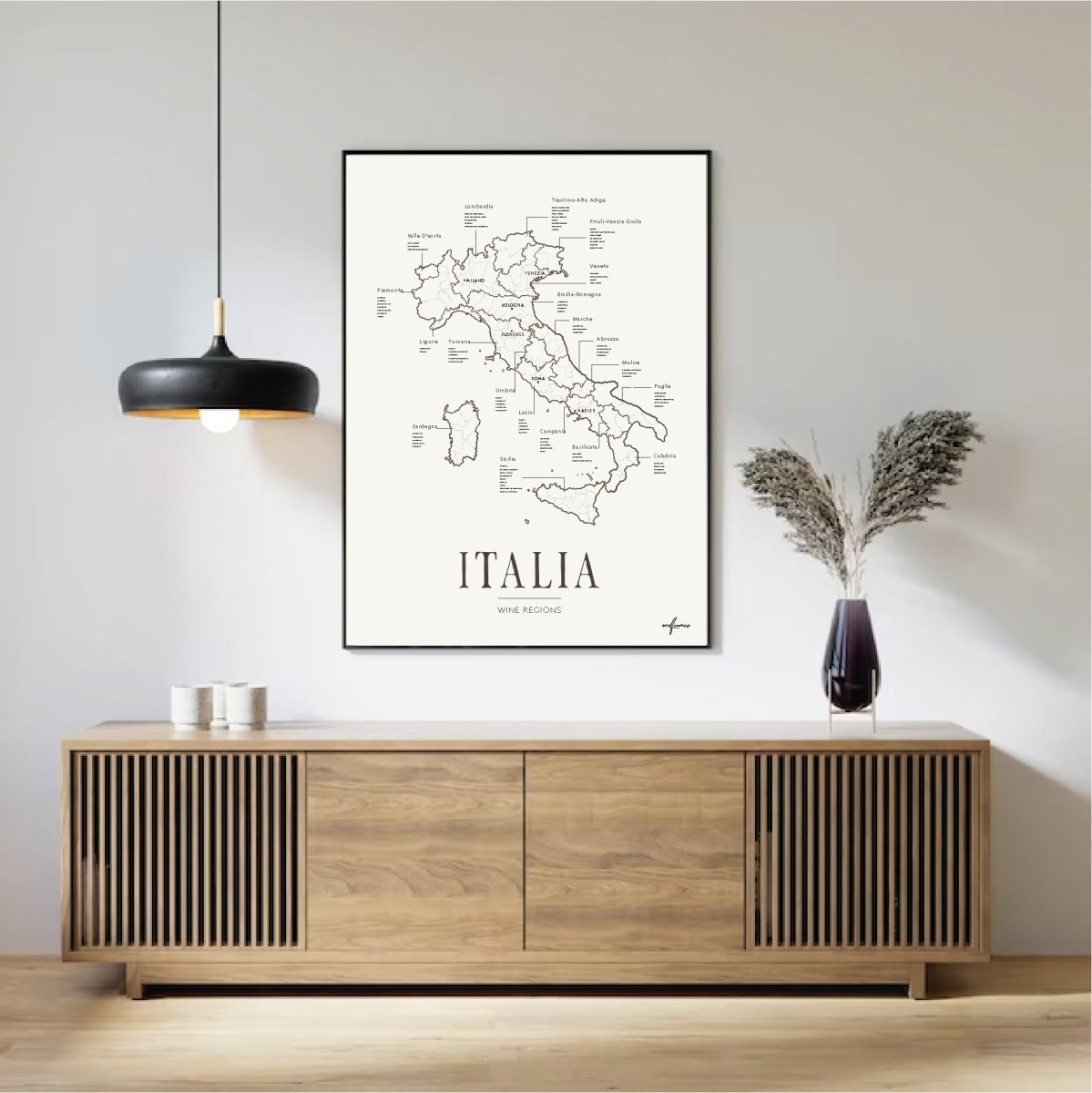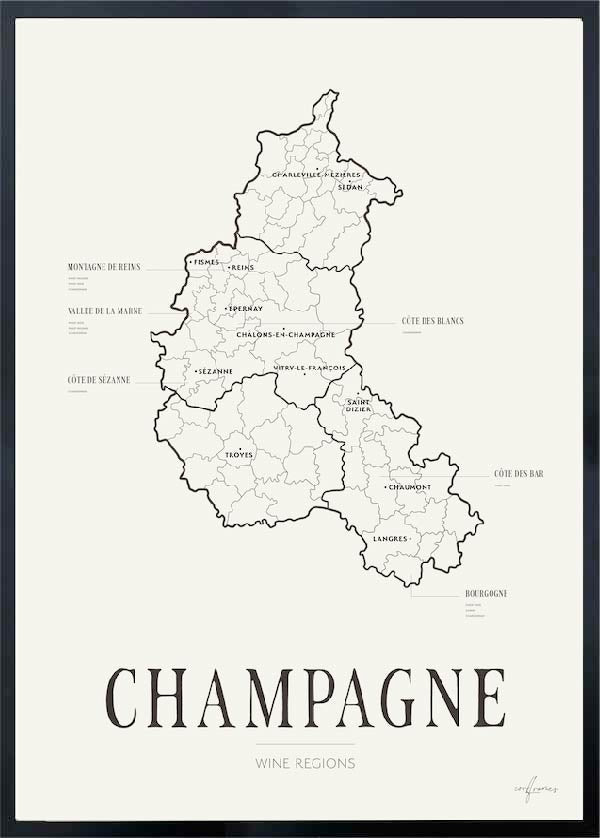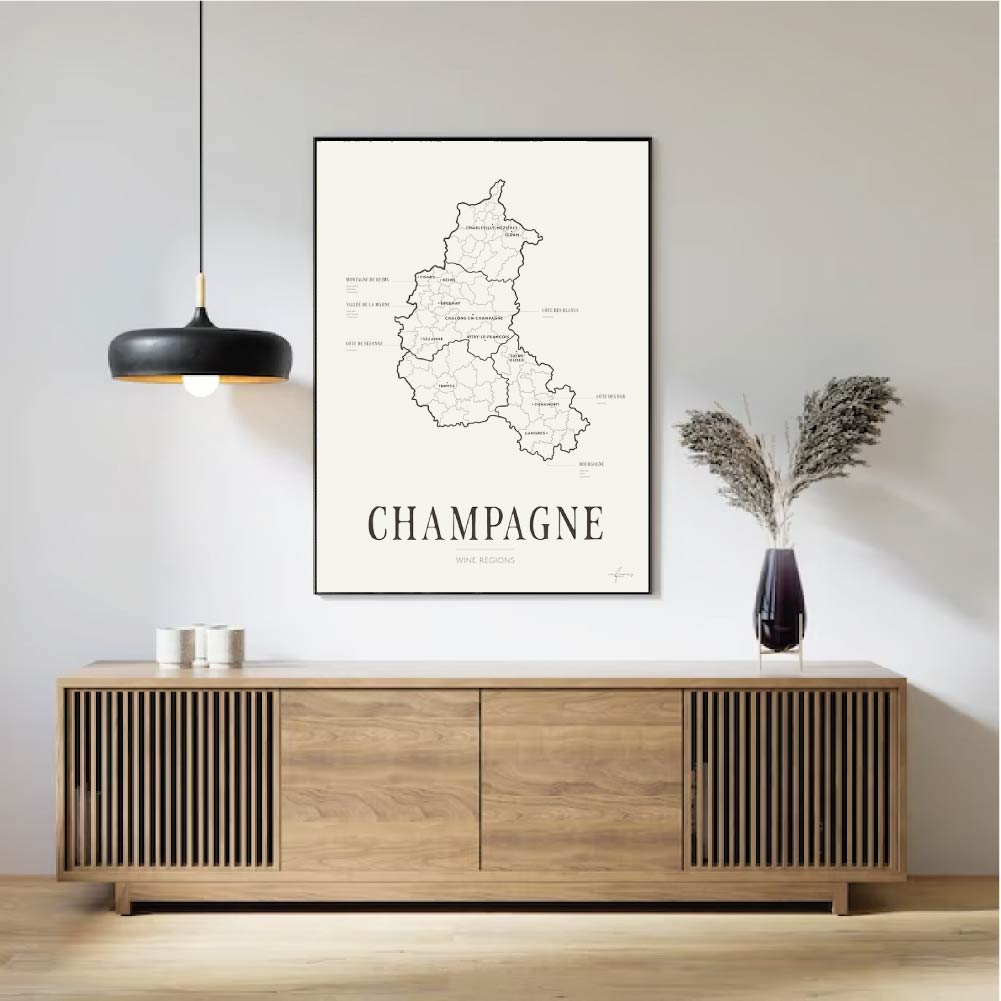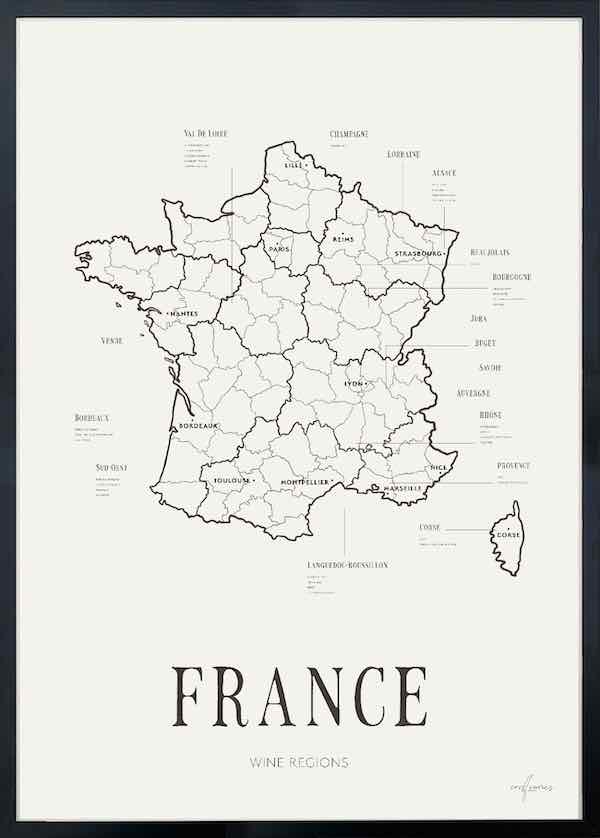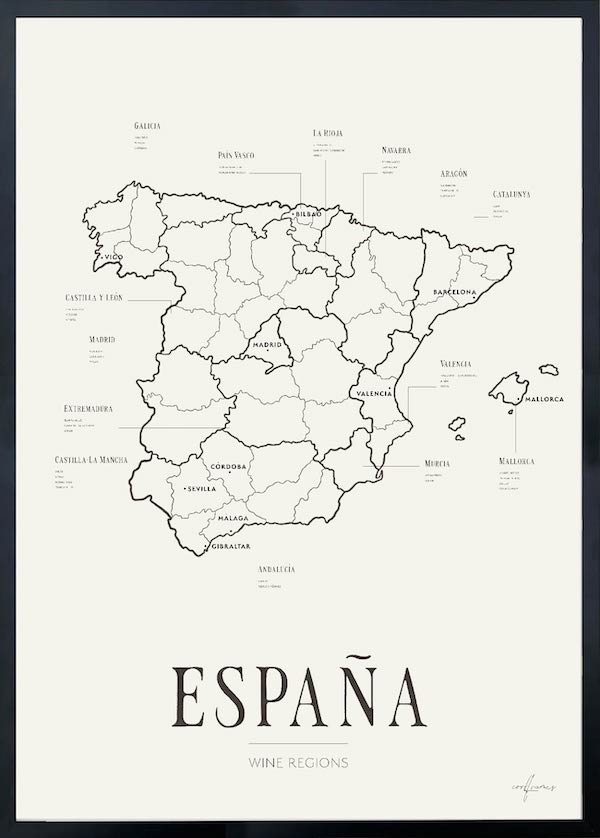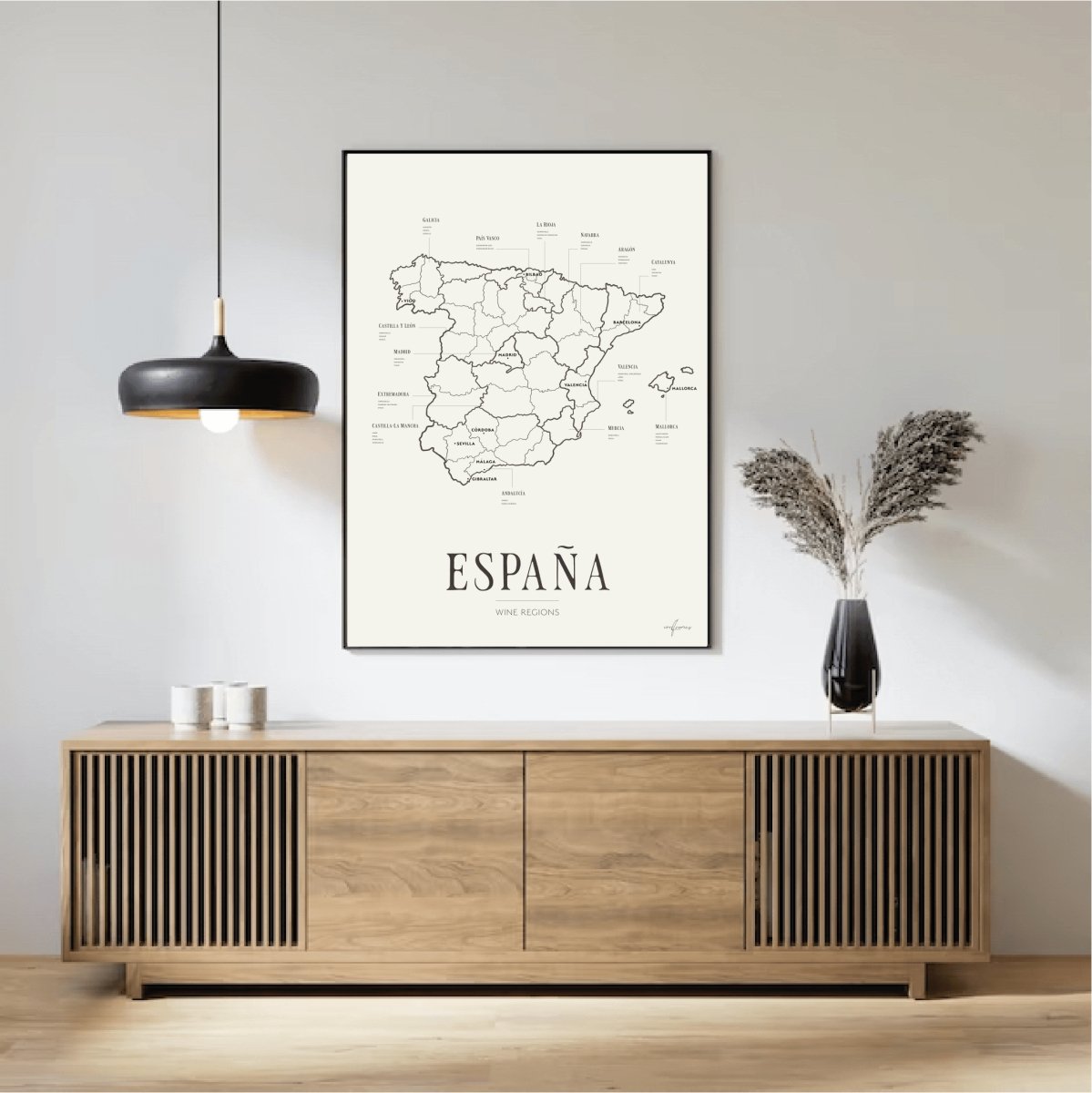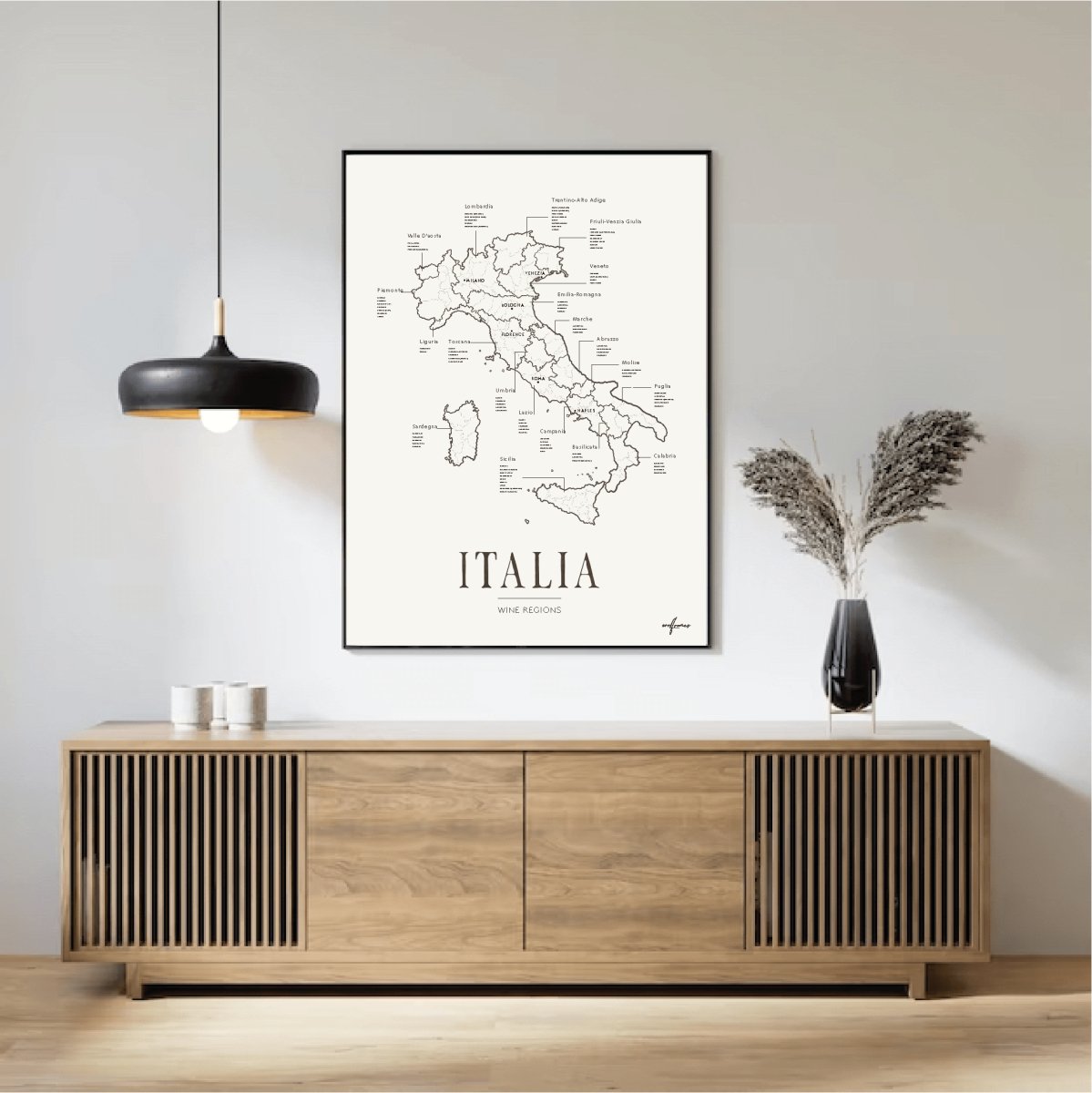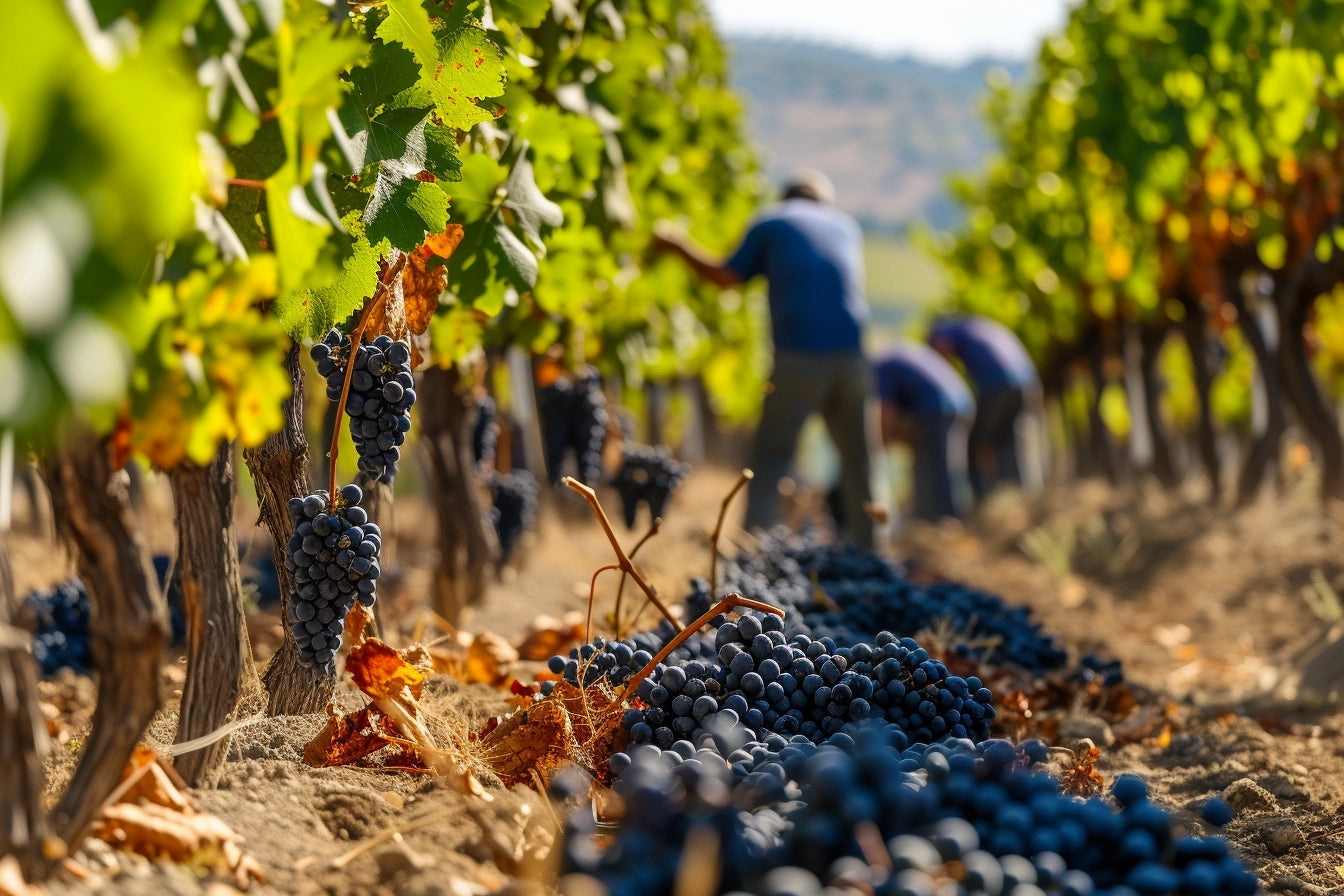In the heart of the picturesque region of Tuscany, Italy, lies one of the most celebrated wine-producing areas in the world: Chianti. With a rich history that dates back to the 13th century, Chianti is not merely a wine; it is a testament to the Italian tradition, a reflection of its culture and a quintessential part of its renowned gastronomy.
In this brief article, we journey through the vineyards of Chianti, exploring its origins, characteristics, and the stunning location that is home to this beloved wine.
The Location: Tuscany’s Wine Heartland
Nestled within the scenic region of Tuscany, Chianti is situated between the cities of Florence and Siena. This area, characterized by its rolling hills, rich soil, and a climate that nurtures the vines, is the perfect environment for winemaking. The vineyards are predominantly located in eight zones: Chianti Classico, Colli Aretini, Colli Fiorentini, Colline Pisane, Colli Senesi, Montalbano, Rufina, and Montespertoli.
The Birth of Chianti
The Chianti region has a deep and storied history, with winemaking traditions that can be traced back to the Etruscan civilization. The name ‘Chianti’ was first documented in the 13th century, and in 1716, the Grand Duke of Tuscany, Cosimo III, officially delineated the Chianti wine region, making it the world’s first designated wine-producing area.
The Wine: Characteristics and Varieties
Chianti is best known for its red wines, which are primarily made from the Sangiovese grape. By law, Chianti wines must contain at least 80% Sangiovese grapes. The remainder is typically a blend of other red (such as Merlot and Cabernet Sauvignon) and even white grape varieties.
Chianti Classico, the most famous subregion of Chianti, produces wines that are often considered the epitome of Chianti's style. These wines are known for their robust flavor, with notes of cherry, plum, and earthy undertones. The Chianti Classico seal, a black rooster, is a symbol of quality and authenticity.
The Importance of Labeling
Understanding the labels on Chianti wines is key to appreciating their quality and origin. Words like ‘Classico’ signify that the wine is produced in the original Chianti region. ‘Riserva’ indicates that the wine has been aged for a minimum of 24 months and has higher alcohol content, while ‘Gran Selezione’ is made from a winery’s best grapes and aged for at least 30 months.
Winemaking Process
The production of Chianti involves meticulous care, from the vineyard to the bottle. The Sangiovese grapes are usually harvested in late September to early October. After fermentation, the wines are aged in various types of containers, from traditional large oak casks to smaller barriques, which impart different characteristics to the wines.
Tourism: A Destination for Wine Lovers
The Chianti region is not just a place for producing wine; it’s a significant tourist destination. Visitors can tour historic wineries, partake in wine tasting sessions, and enjoy the stunning Tuscan countryside. Several vineyards offer ‘agriturismo’ (farm-stay tourism), where guests can stay on the vineyard, partake in the winemaking process, and savor authentic Tuscan cuisine.
Sustainability and Modern Trends
In recent years, many Chianti producers have embraced organic and biodynamic farming practices, reflecting a global trend towards more sustainable and environmentally friendly winemaking. These practices are not only better for the earth but are also believed to result in wines that are more expressive of their terroir.
Conclusion
Chianti, with its deep-rooted history and prime location in the heart of Tuscany, is a symbol of Italian culture and culinary prowess. It’s a wine that tells a story of tradition, passion, and the beautiful harmony between man and nature. Whether you are a casual wine drinker or a dedicated connoisseur, a bottle of Chianti is more than just a beverage; it's an experience that transports you straight to the sun-drenched hills of Tuscany. Cheers to that!




